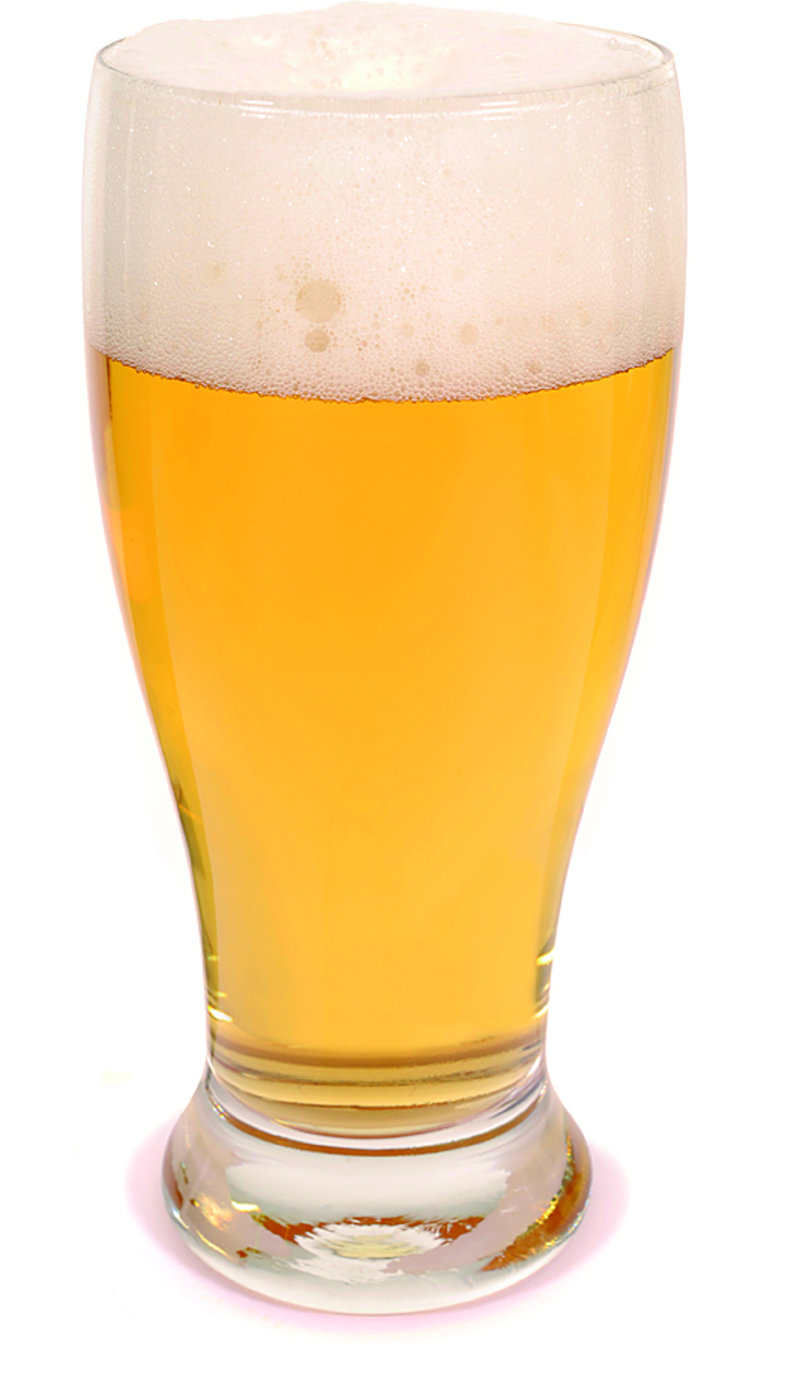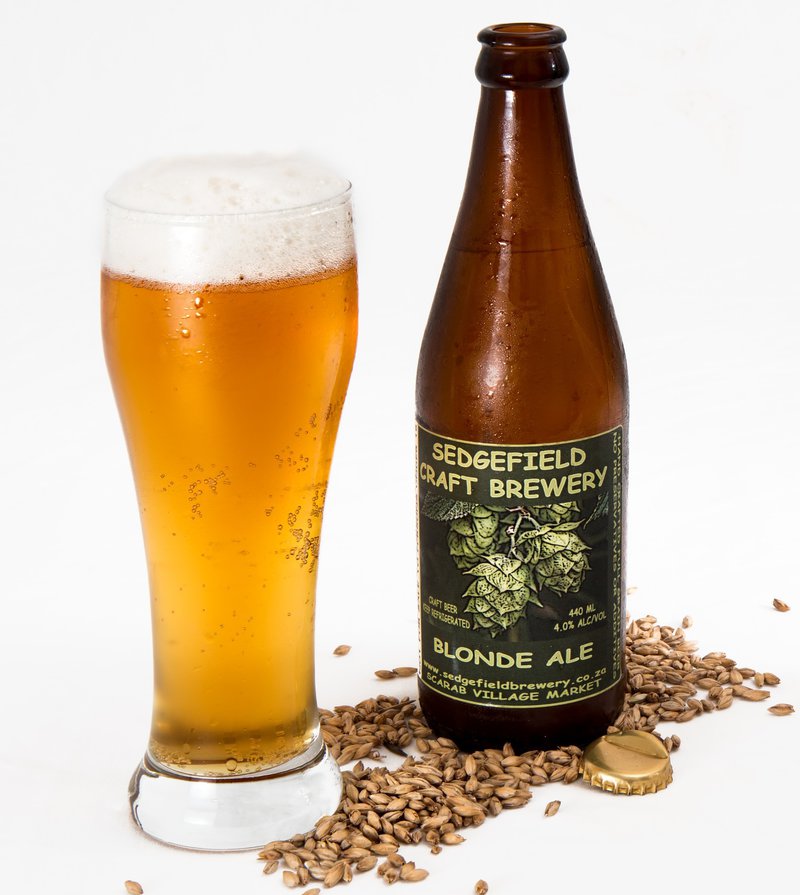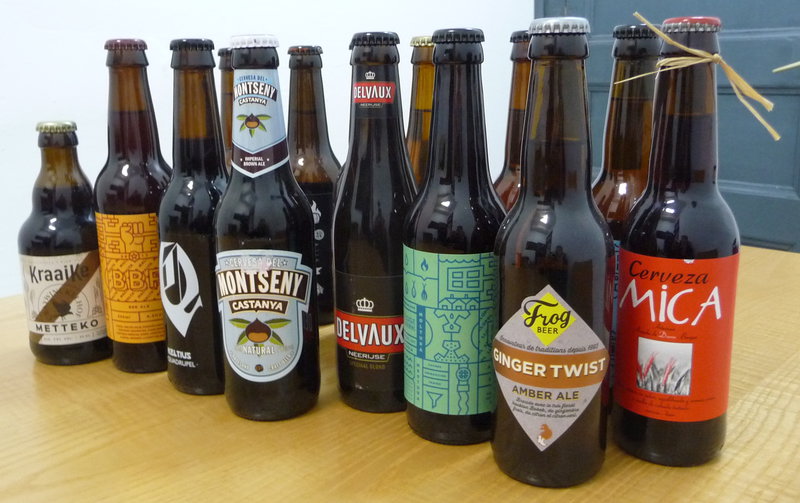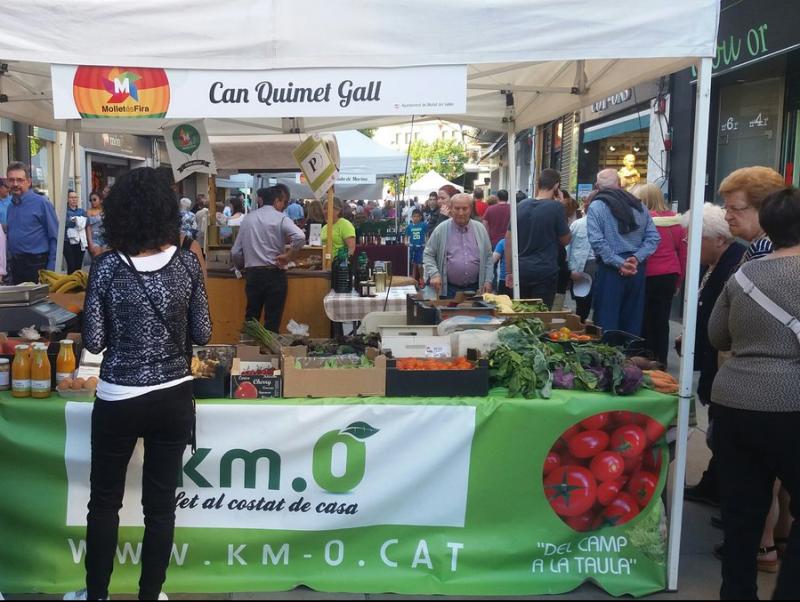The BOOM in craft BEER
At the end of 2016, average production stood at 40,000 litres per brewery per year. Since 2012, production of craft beer has grown by 40% every year “The common denominator of craft beer consumers is they are creative with a desire to discover new things”
It seems the more advanced we become, the more we look back to our origins, and we have now become fascinated with craft products. The world of food and drink is no exception, especially beer. Craft beer has experienced a boom in recent years, with ever more people looking to try out something different from industrially-produced beer. This impression is borne out by the results of a study carried out by the association of craft and natural beermakers, or GECAN, and the Barcelona Beer Festival (BBF). Titled The State of Craft Beer in Catalonia, the study analyses the recent evolution of this quickly growing sector.
Craft beer production began in Catalonia around 15 years ago and has steadily grown to the point that it now accounts for 1.08% of the estimated 279 million litres of beer consumed here every year. The study – the first of its kind, and which goes up to the end of 2016 – also reveals that the production of craft beer has grown by 40% every year since 2012, meaning that production in the sector has quadrupled in just four years to three million litres. The results of the study were based on a survey of 95 of the 105 craft breweries registered in Catalonia.
As for the size of these breweries, the study says that at the end of 2016 average production stood at 40,000 litres per brew- ery per year. The figures are not uniform, however, as almost half of these breweries produce less than 24,000 litres a year, while seven of them produce over 100,000 litres. The study also establishes that there are now some 901 different varieties of craft beer produced in Catalonia, although all of them have to share certain characteristics to be considered craft beer in the first place.
Four basic ingredients are used in craft beer making: barley, water, hops and yeast. The basic idea is to extract the sugars from grains so that the yeast can turn it into alcohol and CO2, creating beer. The process starts with grains, usually barley although sometimes other cereals, which are malted and mashed, and steeped in hot, but not boiling, water for about an hour. The water is then drained to leave a sweet liquid called wort. The wort is boiled for about an hour while hops and other spices are added several times. It is then cooled, strained and filtered, and put in a fermenting vessel and yeast added. At this point brewing is complete and fermentation begins. The beer is stored for a couple of weeks while the yeast works its fermentation magic. You then have alcoholic beer, which is bottled and carbonated and left to age. The process must take place on the same premises and vats cannot hold more than 75 hecto- litres.
An essential aspect of making craft beer is the human element rather than automation. This helps to give the final product person-ality, while reinforcing its traditional nature. According to the study, at the end of 2016 the craft beer sector in Catalonia directly employed 214 people, which means that every worker accounts for some 14,000 litres a year. Or in other words, every litre of craft beer requires seven minutes of attention from the beer maker, which is 40 times more than the time dedicated to each litre of industrially-produced beer. This also means that each bottle of craft beer requires 2.26 minutes, while just 0.05 minutes are devoted to each bottle of industrially-produced beer.
Above all, what the figures in the study show is that craft beer is on the rise in Catalonia. The director of the Barcelona Beer Festival, Mikel Rius, says there are almost 250 craft beer establishments in the country. “It is tied to a certain gastronomic model,” he says. Rius predicts that “this boom has still not reached its peak,” and adds: “Little by little, and in the next three to five years, the presence of this product will continue to grow, in Catalonia and in Spain as a whole.”
In fact the very existence of the Barcelona Beer Festival is a sign of the rising popularity of craft beer. The event first took place in 2012 in the convent of Sant Agustí in Bar- celona and attracted some 10,000 visitors. Since then, the festival has steadily grown to the 32,000 people that attended last year, at the Farga venue in L’Hospitalet de Llobregat, where it is now held. The event’s international profile has also grown, and some of the 250 producers taking part and the 500 different types of craft beer on offer are from abroad. “We want to be the tip of the spear in attracting people to this exciting world,” says the festival director.
Judit Càrtex, a member of GECAN’s communications committee, points out that “people who try craft beer do not go back.” “It is tailor-made beer, made with love and passion,” says the spokeswoman, who explains that craft beer consumers cover a broad spectrum. “They’re not from one social class or age range, but perhaps the common denominator is they are creative people with a desire to discover new things,” she says. Càrtex says that one of the future challenges facing the sector will be to attract more women, although she also adds that “few projects are entirely male.” The association, which was set up with nine members in 2011, now has around 40 members and another of the challenges facing the sector is to develop a closer relationship with the authorities. “So far, the response from the Catalan government has been good but we need it to help us, among other things, to generate greater promotion of the craft beer culture,” Càrtex concludes.
food & drink
How to make craft beer
Anyone who wants to make their own beer need only consult the Internet, where there are many brands offering homebrewing solutions. There are many possible combinations out there and beermaking kits vary greatly in price. There are also companies like “2d2dspuma” or “Family beer”, among others, which sell the basic ingredients and the materials needed for homebrewing. They also offer advice on how best to go about it.








